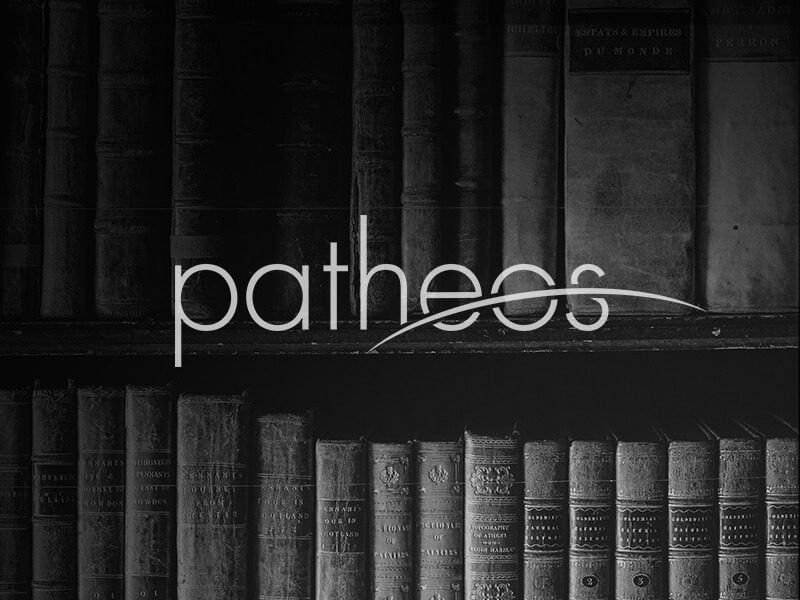I mentioned in Tuesday’s post that in a recent radio interview, the host referred to what I do in No Easy Choice as “educational storytelling.” I and several readers (thanks Alison and Rachel!) think that’s an excellent term for what I’m doing. By sharing my own story and contemplating the stories of others, I hope to educate readers, pastors, clinicians, prospective parents, and others, so we can have a more informed, robust, helpful conversation around the cultural and ethical implications of reproductive technology.
“Educational storytelling” is related to the discipline of narrative ethics. I have also used this term to explain what I do, with one big caveat: “Narrative ethics” refers to a particular approach to ethical discourse that was developed by academic bioethicists—people with lots of education, a depth of knowledge, and letters after their name that I do not have. When I write about narrative ethics, I am trying to make sense of the term, for myself and my readers, as a non-scholar with a passionate interest in reproductive bioethics. If I get it wrong—if I write something that is not quite accurate—I hope that any of those folk with letters after their name who know more than I do will 1) be forgiving of a layperson who is trying earnestly to discuss ethical dilemmas in a way that regular folk can understand, and 2) correct my errors.
The most helpful resource I’ve found for understanding a narrative approach to bioethics is Stories Matter: The Role of Narrative in Medical Ethics (Rita Charon and Martha Montello, eds. New York: Routledge, 2002). Advocates for a narrative approach argue that it transforms ethics from an isolated juridical process, in which experts weigh the merits of various arguments and make pronouncements based on ethical theory, to a communal, consensus-building process in which amateurs grapple with the stories on both sides of a bioethical debate, accepting their emotional complexity and constructing “new ways of living well together.” (Nelson, Hilde Undemann. “Context: Backward, Sideways, and Forward.” In Stories Matter, p. 46).
What does this mean for our conversations, here and elsewhere, concerning the ethics of reproductive technology?
First, here’s what it does not mean: A narrative approach is not moral relativism. I’ve come upon this misunderstanding a number of times in my recent speaking engagements. I advocate ethical discourse in which people’s stories—their complex, messy, emotional stories—take center stage. But in doing so, I am not saying that we have to accept any and all ethical decisions that people make because they are just doing the best they can within the context of their unique situations. Narrative ethics does not require us to say, “Oh well, whatever people decide is their business given their story. Who are we to judge?”
Reproductive decisions are some of the most intimate and personal decisions human beings can make. I don’t think we can tell people what to do in difficult reproductive circumstances (as I explained in this post about why I wrote a “wishy-washy” book that doesn’t have a strong conclusion about what is right and what is wrong).
Yet I also believe that we, as a culture, need to seriously contemplate putting some limits on what individuals and clinicians are allowed to do with reproductive technology. A couple, in telling their story, might express compelling reasons that they believe they should be able to choose their child’s gender for non-medical reasons, or hire an Indian woman to bear their child. I believe we owe it to such couples to hear their stories. But that doesn’t mean we have a duty to condone every and any reproductive decision they make.
“Educational storytelling” makes sense to me because I see people’s stories as playing a central role in ethical discourse. The role of narrative in ethical discourse is to teach, to inform, to invite people to look beyond cut-and-dried assessments of what’s right and what’s wrong, what’s good and what’s bad, so we can better understand the difficult, murky, complex, emotional circumstances under which people must make these most intimate and difficult decisions about whether, how, and why to have their beloved children.
I offer my own story and invite others to tell their stories simply so we, as a culture, as churches, as communities of faith, as families, can have more informed and robust conversations around the increasing capabilities of reproductive technology. From those conversations, I hope we can ultimately agree on some broad guidelines concerning how this technology should—and should not—be used.















